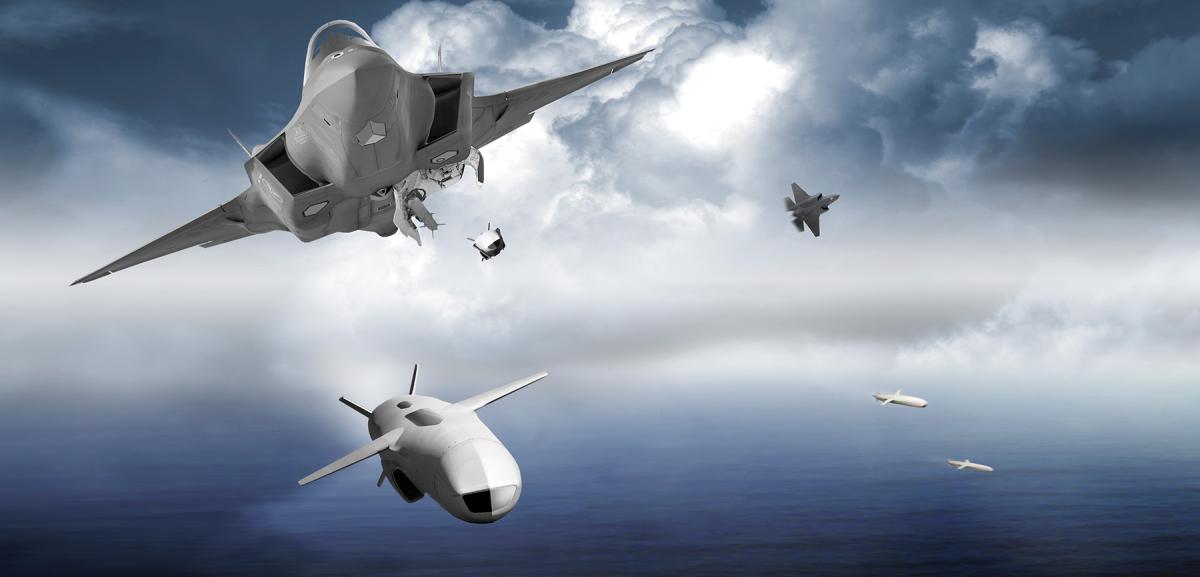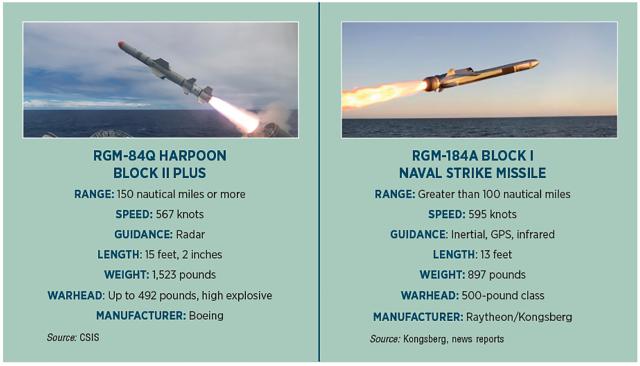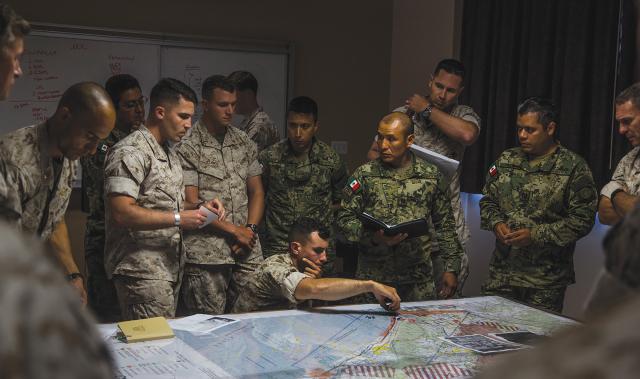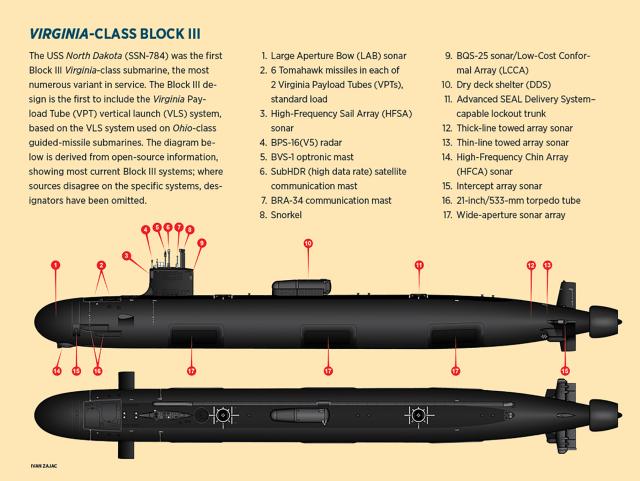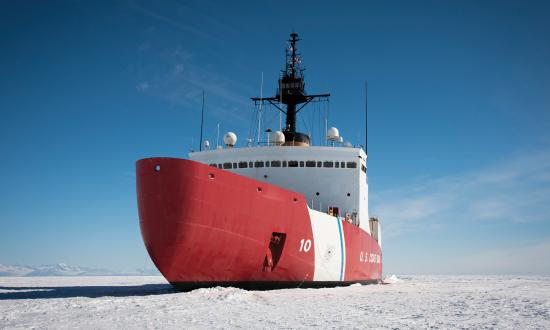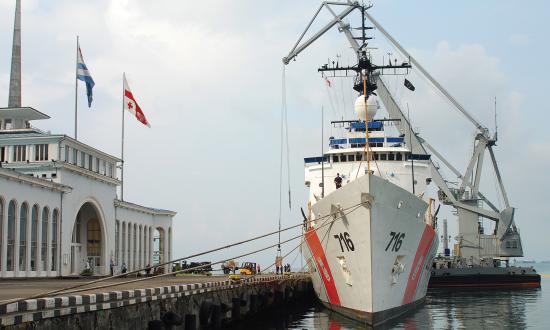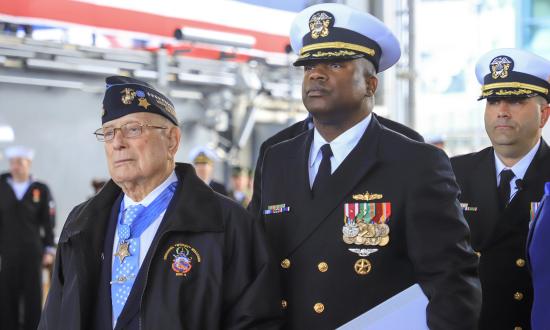Vice Admiral Tom Rowden and other surface warfare leaders declared in Proceedings in 2015: “Distributed lethality is the most effective and efficient method of capitalizing on the Fleet we have today and the one planned for the immediate future.” In other words, the Navy needed (and still needs) more shooters—and more (missile) shots.
Sustaining the venerable Harpoon (AGM/RGM/UGM-84) antiship missile and acquiring the Naval Strike Missile (RGM-184A NSM Block 1) should help cover the distributed lethality bets.
The Harpoon, an all-weather, over-the-horizon missile with a range greater than 75 miles (some sources say 150), can launch from aircraft, surface warships, and submarines. First deployed in 1977, today it is in service with more than 30 navies. It has been upgraded and is available as the Harpoon Block II and the Block II-Plus, as well as the Standoff Land-Attack Missile (SLAM) and SLAM-Expanded Response. USNI News reports the naval aviation and submarine communities are looking to a Harpoon “renaissance” that could also meet Marine Corps coastal-defense requirements. Foreign military sales look promising, USNI News says, but “the largest potential customer—the U.S. Navy’s surface fleet—has moved in a different direction.”
Surface warfare has instead embraced the Raytheon/Kongsberg Naval Strike Missile (NSM), “the only fifth-generation long-range precision strike missile in existence,” according to Raytheon—“fifth-generation” indicating low-observable characteristics, among other things. The precision-strike cruise missile, with a range greater than 100 nautical miles, “immediately advances the U.S. Navy’s vision of distributed lethality, ensuring control and freedom of the seas.” In 2018, the Navy selected the NSM for use on littoral combat ships and future frigates. Ship-based land-attack versions are also in the offing, as well as a variant for coastal defense. Raytheon has reported a successful 2018 test of a land-based mobile launcher configuration, and in 2019 the Marine Corps began integrating the land-based NSM into its operational planning.
“The Navy was looking for a solution that was available right away,” Kim Ernzen, vice president of Air Warfare Systems at Raytheon Missile Systems told Breaking Defense, “one that would help realize its vision that every ship is able to fight. NSM has aptly answered those requirements.” The U.S. State Department also has approved a potential foreign sale of the NSM for use on MH-60R helicopters.
—Scott Truver
The Games Marines Play
At the end of August, the Marine Corps announced plans to build a 100,000- square-foot wargaming facility at Marine Corps Base Quantico, Virginia. Groundbreaking is scheduled for 2021, with the center planning to hold its first games in 2024.
By 2025, the facility is expected to host more than a dozen major games each year, including at least two involving some 250 people each. It will incorporate configurable classrooms, auditoriums, and simulation systems to give participants a range of tools and opportunities, including separate spaces for teams to huddle and plan.
The Marine Corps commissioned a 2019 RAND Corporation study that recommended a wide range of actions to improve the Corps’ wargaming capability. RAND’s recommendations included determining the highest classification level the Corps would want to include in its gaming to have “at least part of any new wargaming facility cleared at this level.”
In a statement released by the Marine Corps, Lieutenant General Eric Smith, Deputy Commandant, Combat Development and Integration, said, “It is vital that the Marine Corps conduct constant wargames” to stay ahead of competitors. “The data that comes from such wargames enables us to more rapidly determine which capabilities we will need for future fights.”
—Brian O’Rourke
Boeing; Raytheon; Franz-Stefan Gady, “The U.S. Navy and U.S. Marine Corps Are Considering a Shore-Based Version of the Naval Strike Missile (NSM),” The Diplomat, 16 January 2020;
Megan Eckstein, “Decades-Old Harpoon Missile Could See Growth in Sub, Coastal Defense Missions,” USNI News, 6 February 2019; Raytheon, “Kim Ernzen, Vice President Air Warfare Systems, Discusses the Naval Strike Missile & What’s Next,” Breaking Defense, 13 February 2020.



